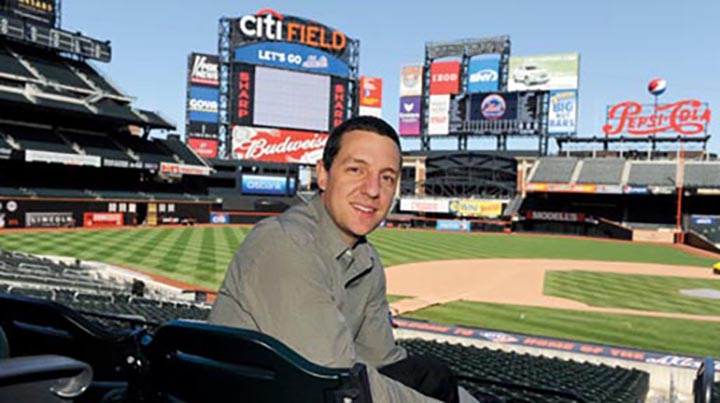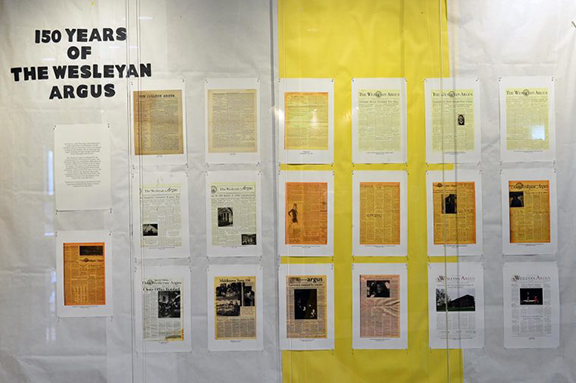More Moneyball, More Math Problems

In the movie adaptation of Moneyball, Michael Lewis’s seminal 2003 account of the sabermetrics revolution in baseball, actor Jonah Hill plays a newly-hired member of the Oakland Athletics in charge of data analysis. The A’s general manager, Billy Beane (played by Brad Pitt), is looking to give his low-payroll team a performance edge and has turned to the young mathematician to do it.
“There is an epidemic failure within the game to understand what is really happening,” Hill’s character points out. “And this leads people who run Major League Baseball teams to misjudge their players and mismanage their teams.”
He doesn’t recall ever being quite that blunt, but Ben Baumer ’00 was in much the same position as Hill when he was hired by the New York Mets in January of 2004.
“They’d never had someone do this kind of a work—a dedicated person with advanced training,” Baumer says. “When I got there, they didn’t entirely know what they wanted me to do and that offered me a lot of freedom. They were just asking a lot of questions like ‘What do you think of these relief pitchers?’ It was a lot of fun, but it took a lot of work to build up that infrastructure.”
Baumer went on to work for the Mets for eight years before leaving to become an assistant professor of statistical and data sciences at Smith College in Northampton, Mass. Though they are portrayed as contentiously opposed in the Moneyball film, Baumer grew to appreciate the productive, complementary impact scouting and data analysis can have on the sport when practiced correctly.
“The way I like to think about it is scouts and sabermetricians are really trying to do the same job: predict how baseball players are going to play in the future,” Baumer says. “But the tools they’re using are very different. Scouts are watching in a very focused way and drawing on their years of experience using their eyes to make predictions. I was doing something similar but instead of my eyes, I was using the data from all the games and combing through it to figure out how players would perform.”


